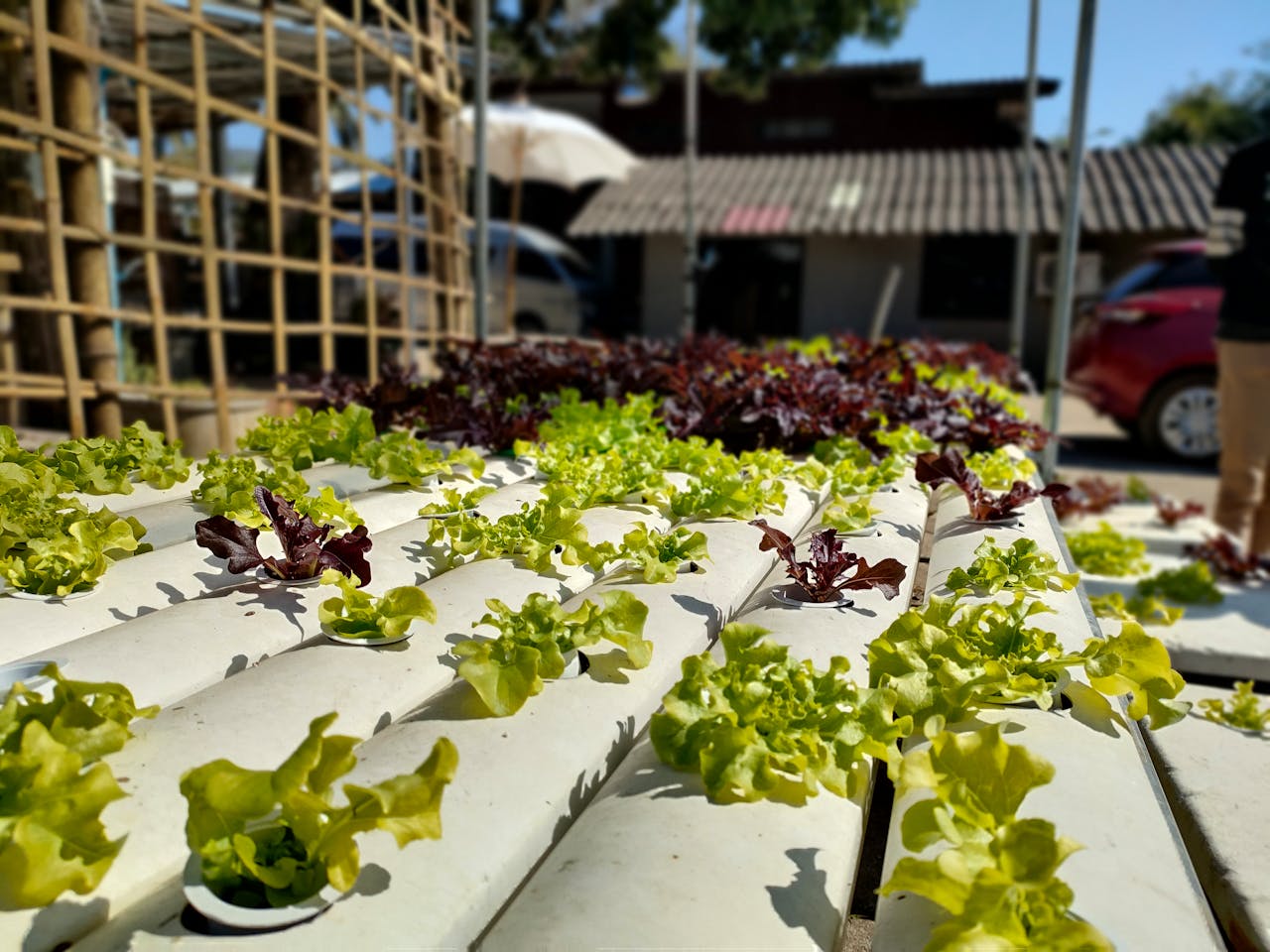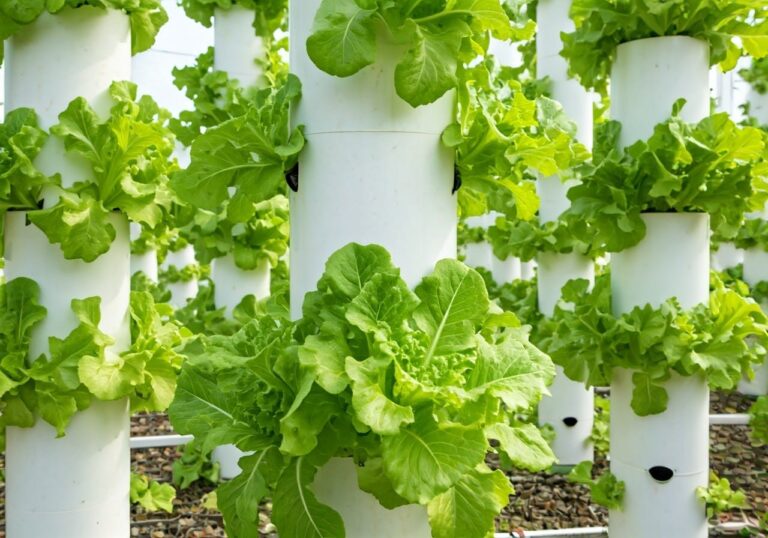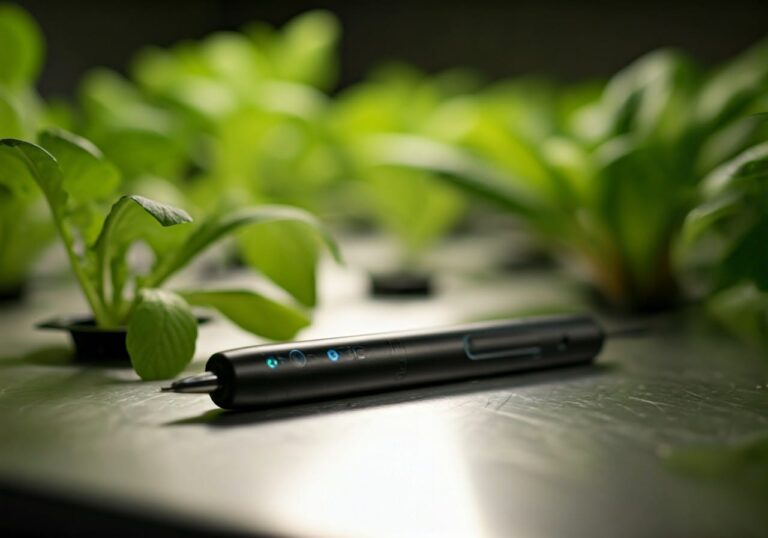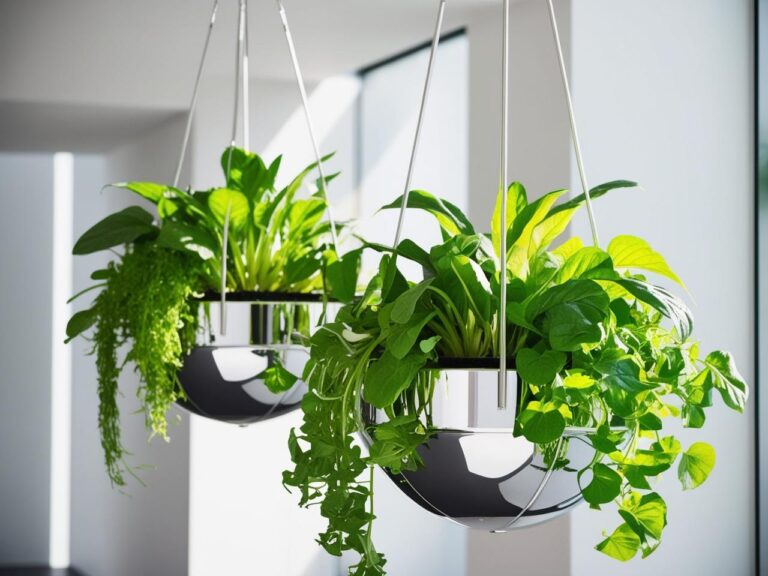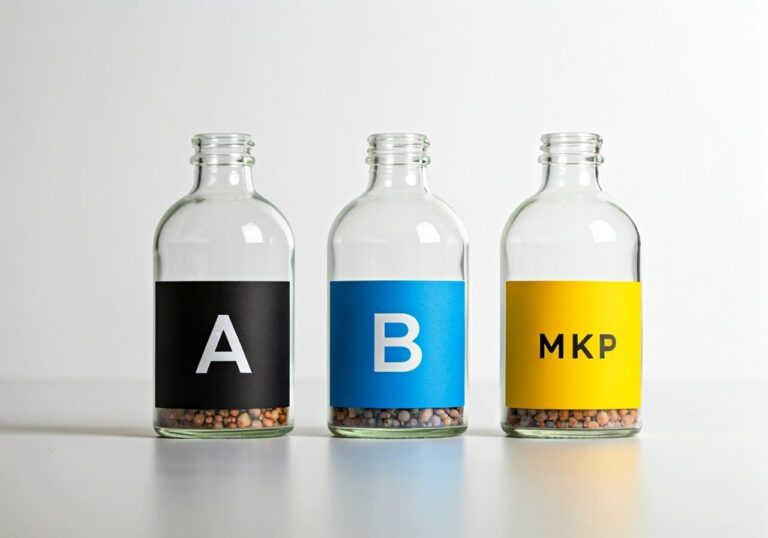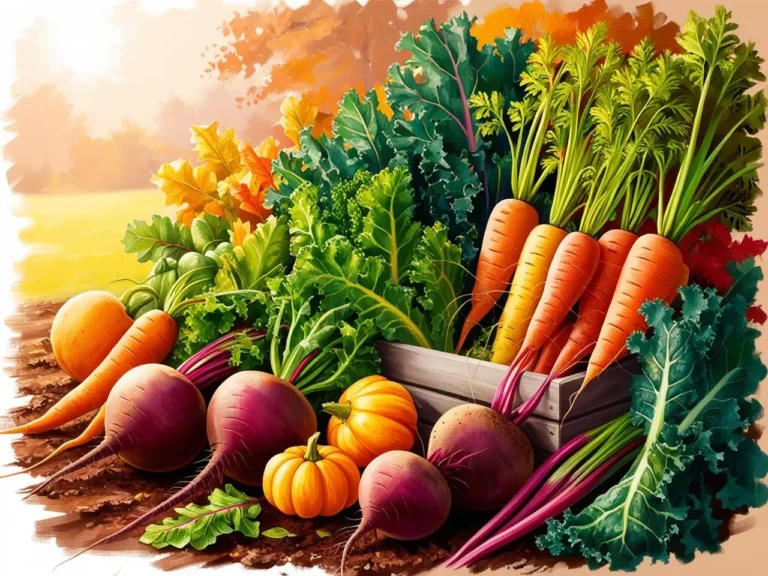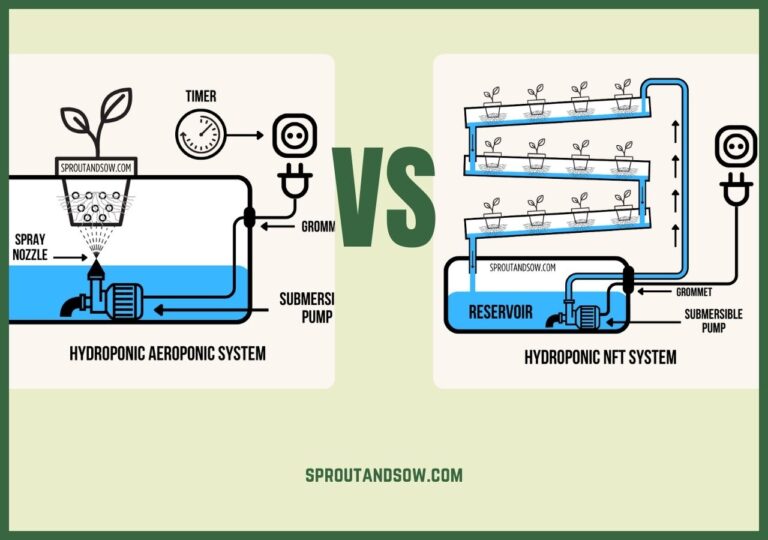Hydroponics Systems Explained: A Beginner’s Guide
Hydroponics sounds high-tech, right? Growing plants without soil, using only water and nutrients, feels like something out of a sci-fi movie. But in reality, it’s a simple and efficient way to grow fresh food at home, even if you’re a complete beginner. Hydroponics allows you to grow plants faster, use less water, and skip all the mess of traditional gardening.
In this guide, we’re breaking down the most popular hydroponic systems for beginners. Whether you’re looking to start small or want to dive right into an advanced setup, we’ll explain how each system works, its pros and cons, and which plants grow best in each one.
If you’re just starting, our Complete Guide to Hydroponics for Beginners covers everything you need to know about hydroponic gardening.
1. Deep Water Culture (DWC)
Deep Water Culture (DWC) is one of the most straightforward hydroponic systems, making it perfect for beginners. In this system, plant roots are suspended in nutrient-rich water, and an air pump keeps the water oxygenated. The Kratky System is very similar to DWC, minus the air pump, so even simpler and cheaper.
How it works: Plants are placed in net pots with their roots hanging down into a reservoir filled with water and nutrients. The air pump, connected to an air stone, provides oxygen to the roots, which is essential for keeping them healthy and preventing root rot.
Best for growing: Leafy greens like lettuce, spinach, and herbs grow well in DWC systems. Some smaller fruiting plants like strawberries can also thrive.
Pros:
- Simple setup with minimal parts.
- Great for beginners.
- Low maintenance once established.
Cons:
- Requires an air pump to oxygenate the water.
- Not ideal for larger, heavy plants like tomatoes or squash.
Pro Tip: Keep an eye on water temperature in DWC systems. If the water gets too warm, it can reduce oxygen levels, leading to root problems.
Recommended: Mars Hydro DWC Hydroponics Grow System
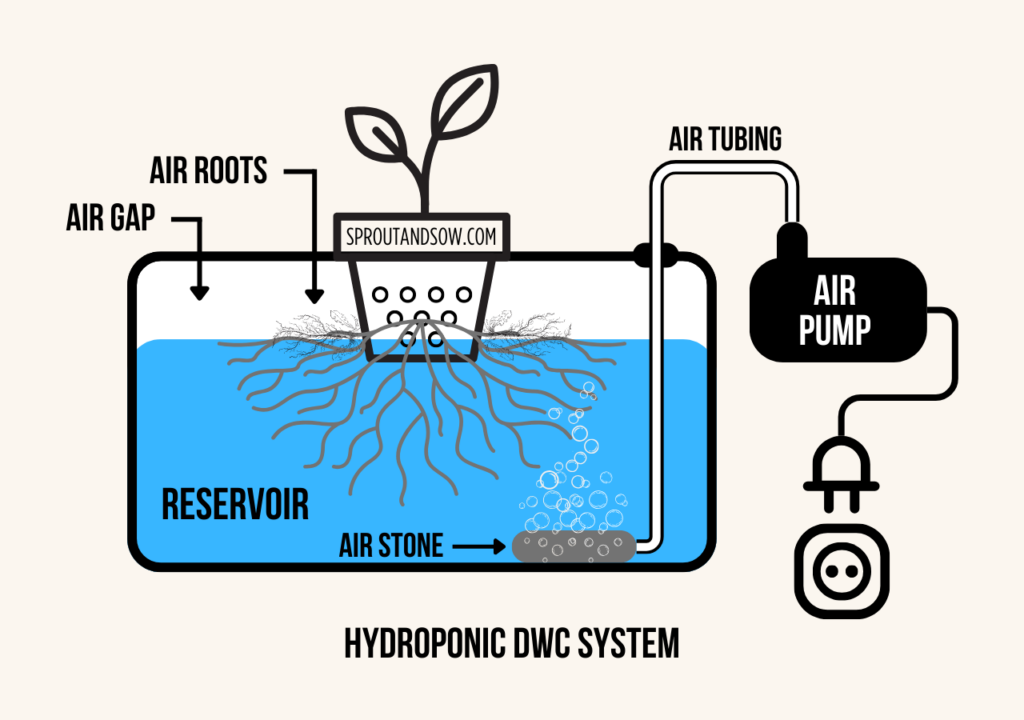
2. Nutrient Film Technique (NFT)
The Nutrient Film Technique (NFT) is another popular hydroponic system, known for its efficient use of water and nutrients. It’s a bit more advanced than DWC but still beginner-friendly if you’re willing to experiment.
How it works: A thin stream of nutrient-rich water is continuously circulated over the roots, which grow in a sloped channel. The roots absorb nutrients from the flowing water while getting plenty of oxygen from the air around them.
Best for growing: NFT is ideal for smaller plants with shallow roots, like lettuce, herbs, and leafy greens. It’s not great for heavier plants that need more root support.
Pros:
- Uses water and nutrients efficiently.
- Roots get plenty of oxygen.
- Space-saving, great for small setups.
Cons:
- Pump failure can dry out roots quickly.
- Not suitable for large, heavy plants.
Pro Tip: Ensure the channels are kept at a slight angle so the nutrient solution flows evenly and doesn’t pool.
Related: Easiest and Cheapest Hydroponic System You Can Start Today
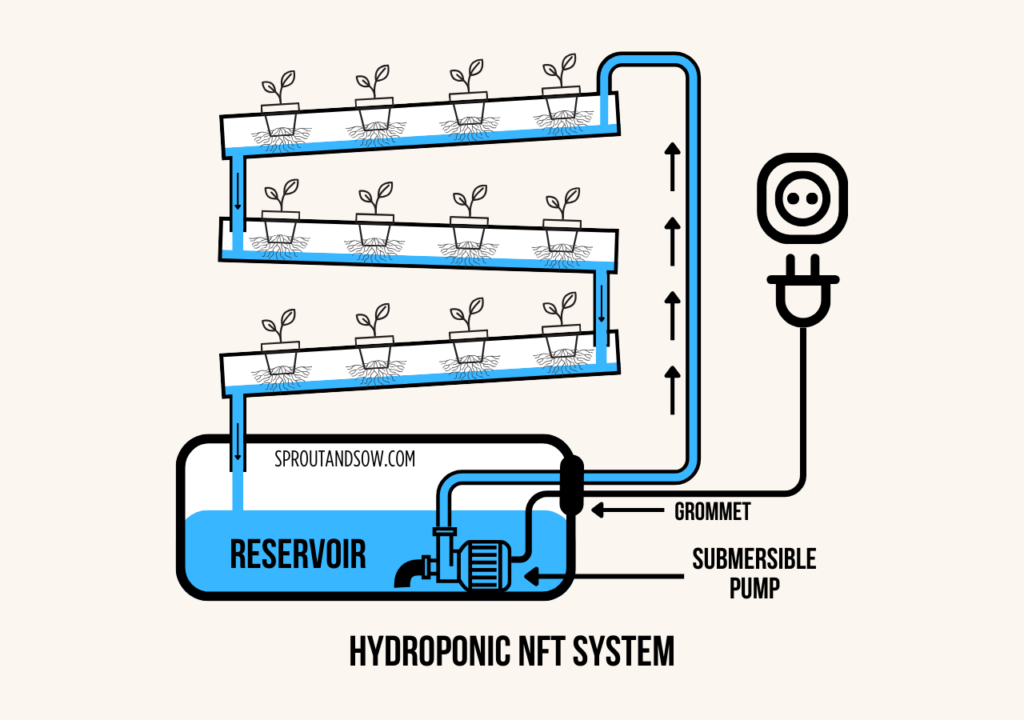
3. Ebb and Flow (Flood and Drain)
The Ebb and Flow system, also known as Flood and Drain, is a bit more hands-on but offers flexibility in terms of the types of plants you can grow. This system floods the plant roots with nutrient-rich water and then drains it away, allowing the roots to get oxygen in between.
How it works: A grow tray holds your plants in a medium like clay pellets or gravel. The tray is periodically flooded with water and nutrients, which then drain back into a reservoir. This cycle repeats several times a day, giving plants a balance of nutrients and oxygen.
Best for growing: You can grow a variety of plants in this system, including leafy greens, herbs, and even larger plants like tomatoes and peppers.
Pros:
- Supports a wide range of plants.
- Provides a balance of nutrients and oxygen.
- Versatile system for experimenting.
Cons:
- Requires a timer and pump.
- Risk of overflooding or drying out if the system isn’t maintained.
Pro Tip: Choose a growing medium that drains well and supports the plants, such as expanded clay pellets or rock wool.
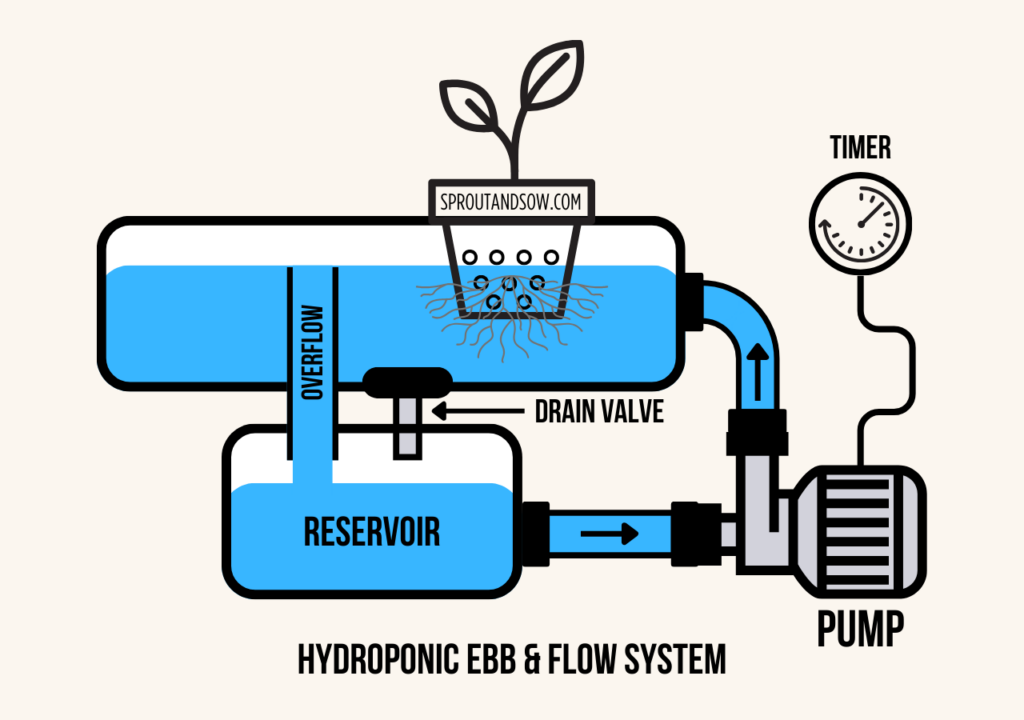
4. Drip System
The Drip System is one of the most versatile hydroponic setups. It works by delivering nutrient solution directly to each plant through a drip emitter, making it easy to adjust the water flow for different plants.
How it works: Plants are placed in a growing medium, and a slow, steady drip of nutrient solution is fed to the roots through tubing. Any excess solution drains back into a reservoir, and the process repeats on a timer.
Best for growing: This system is perfect for both small and large plants, from herbs and leafy greens to tomatoes, peppers, and even squash.
Pros:
- Easy to scale up for larger plants.
- Each plant gets its own drip, so you can control water flow individually.
- Works well for a wide variety of plants.
Cons:
- Can clog if the drip emitters get blocked.
- Requires more parts (tubing, drippers, pump, timer).
Pro Tip: Regularly clean the drip emitters to prevent clogging, especially if you’re using a nutrient solution with heavier minerals.
5. Wick System
The Wick System is as simple as it gets—no pumps, no timers, no moving parts. It’s the most passive hydroponic system, making it ideal for beginners who want a low-maintenance setup.
How it works: A wick connects the plant’s roots to a nutrient solution in a reservoir. The wick draws the solution up to the roots, providing water and nutrients as needed. The growing medium (like perlite or coconut coir) helps to keep moisture around the roots.
Best for growing: This system is best for small, water-efficient plants like herbs, lettuce, and other leafy greens.
Pros:
- Super simple and inexpensive.
- No moving parts or electricity needed.
- Perfect for beginners.
Cons:
- Not suitable for large or thirsty plants.
- Can be slow to deliver nutrients.
Pro Tip: Use a lightweight growing medium like perlite or vermiculite to help with moisture retention and improve the efficiency of the wick system.
Once you’ve chosen a system, proper pH management is key. Dive into Understanding Hydroponic pH Levels and How to Manage Them for tips on keeping pH balanced.
Conclusion
Choosing the right hydroponic system depends on your space, goals, and the types of plants you want to grow. Whether you go with a simple DWC setup or a more complex drip system, there’s something for every beginner. Start small, get familiar with how your system works, and as your confidence grows, you can experiment with different plants and setups.
Hydroponics opens up a whole new world of gardening—one where you can grow fresh produce year-round, without soil, and in less space than you ever thought possible. So, pick a system that works for you and get growing! Happy Gardening!

